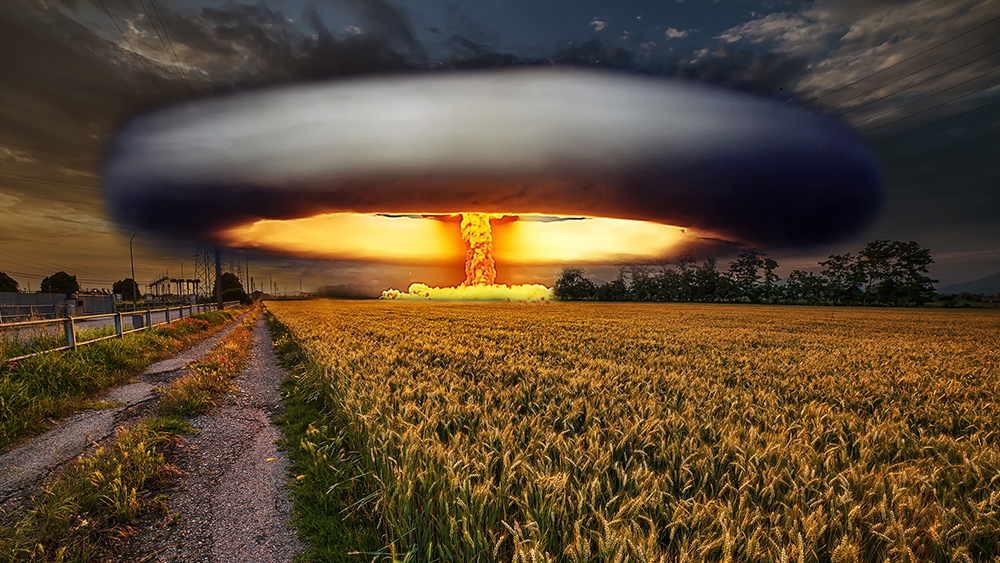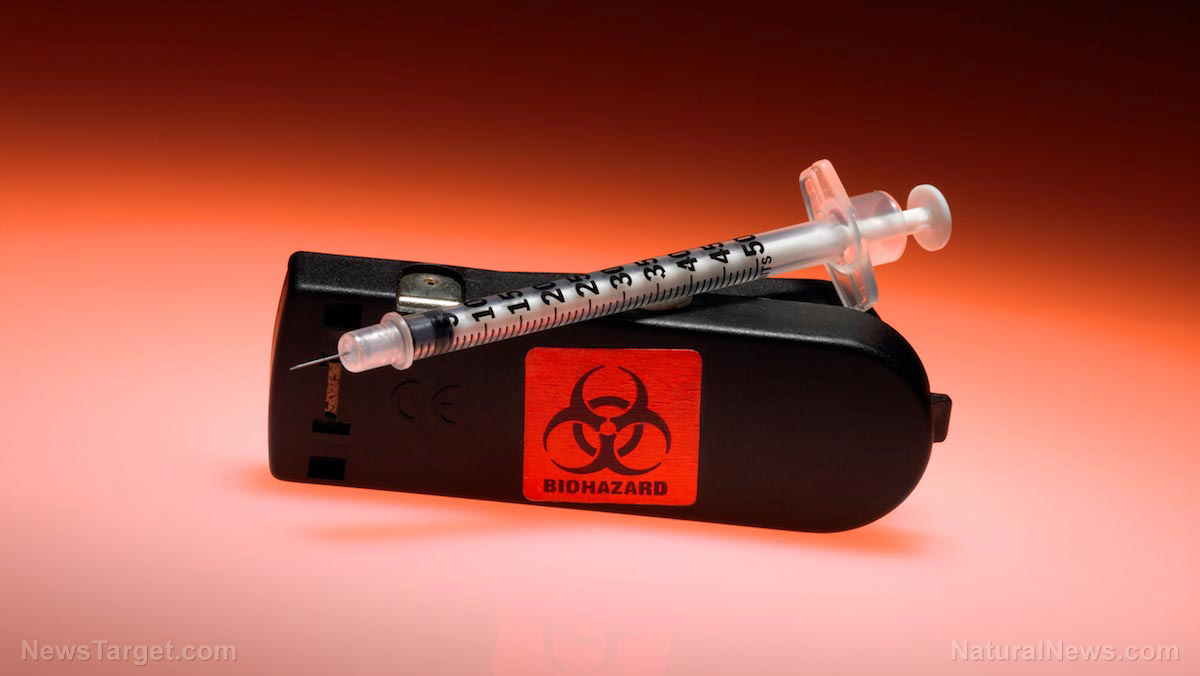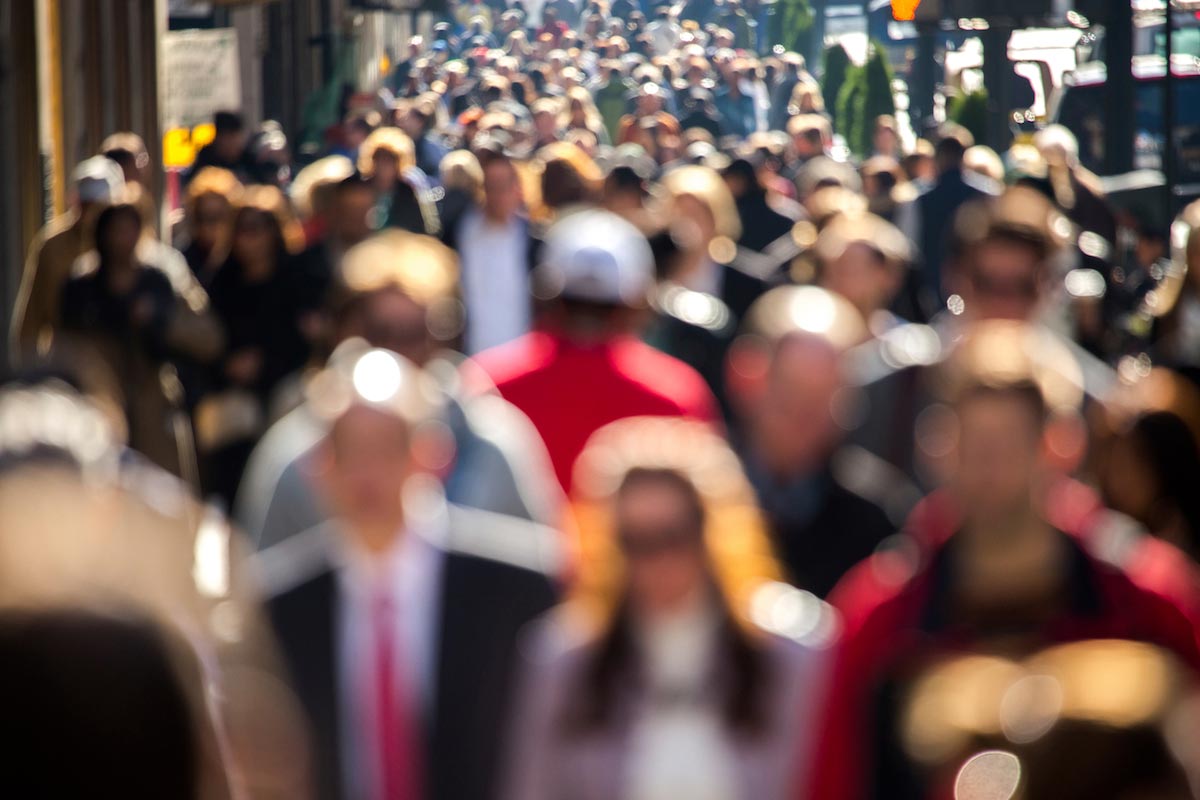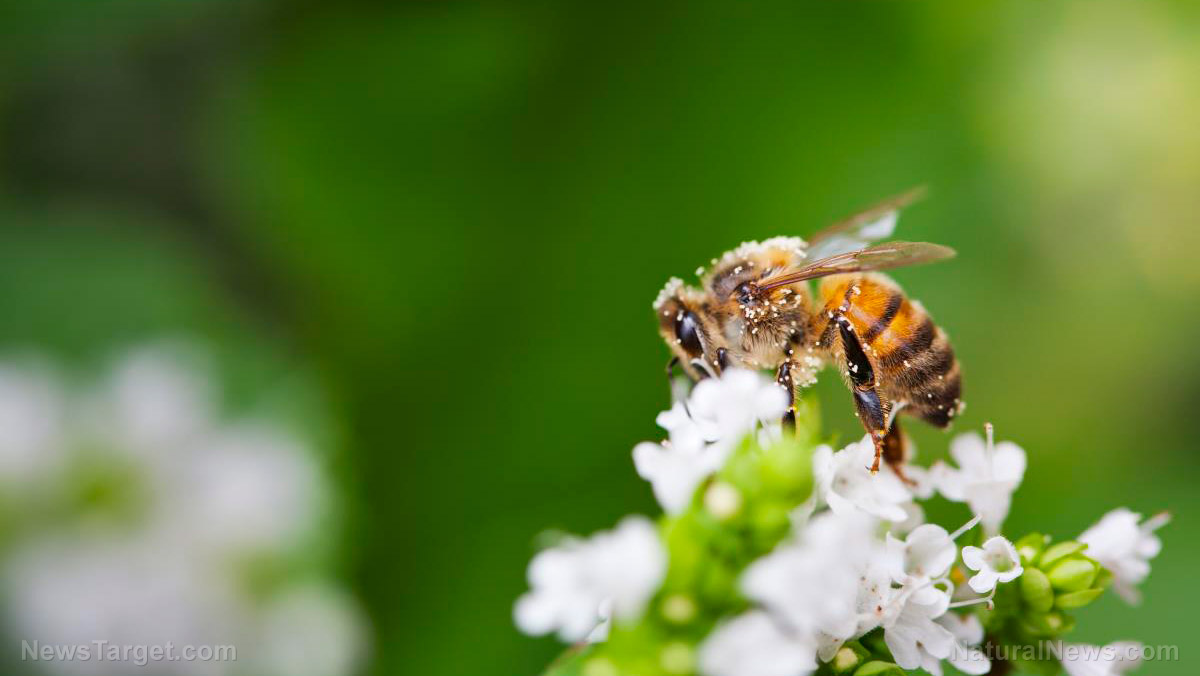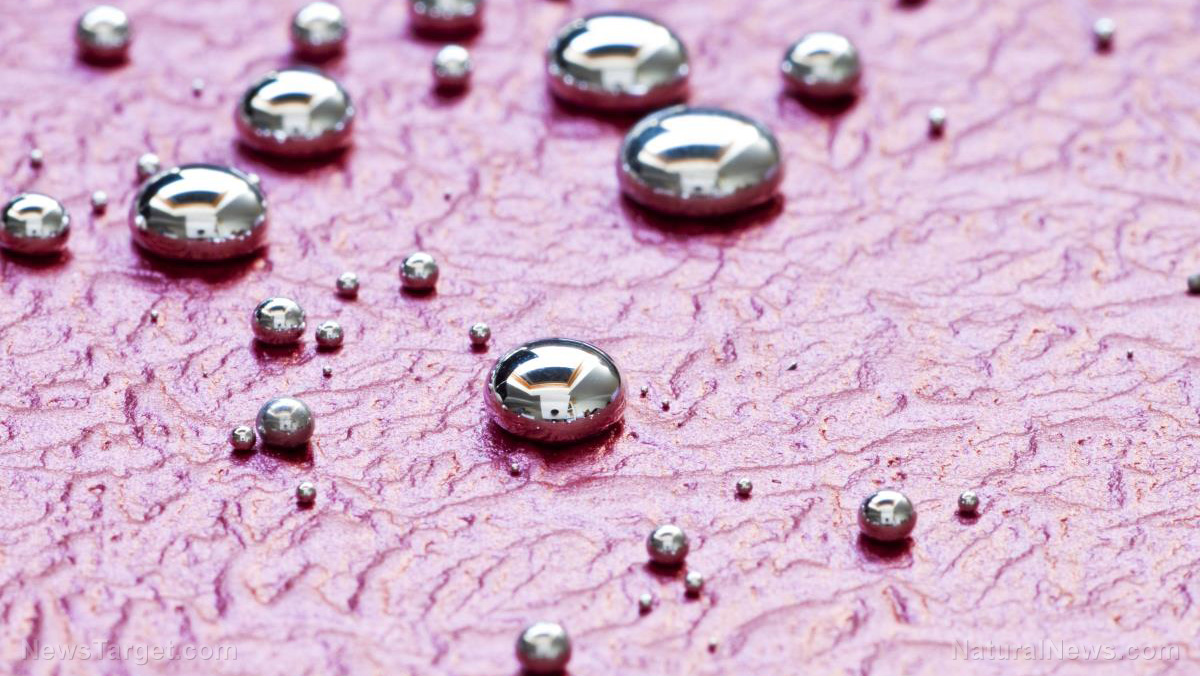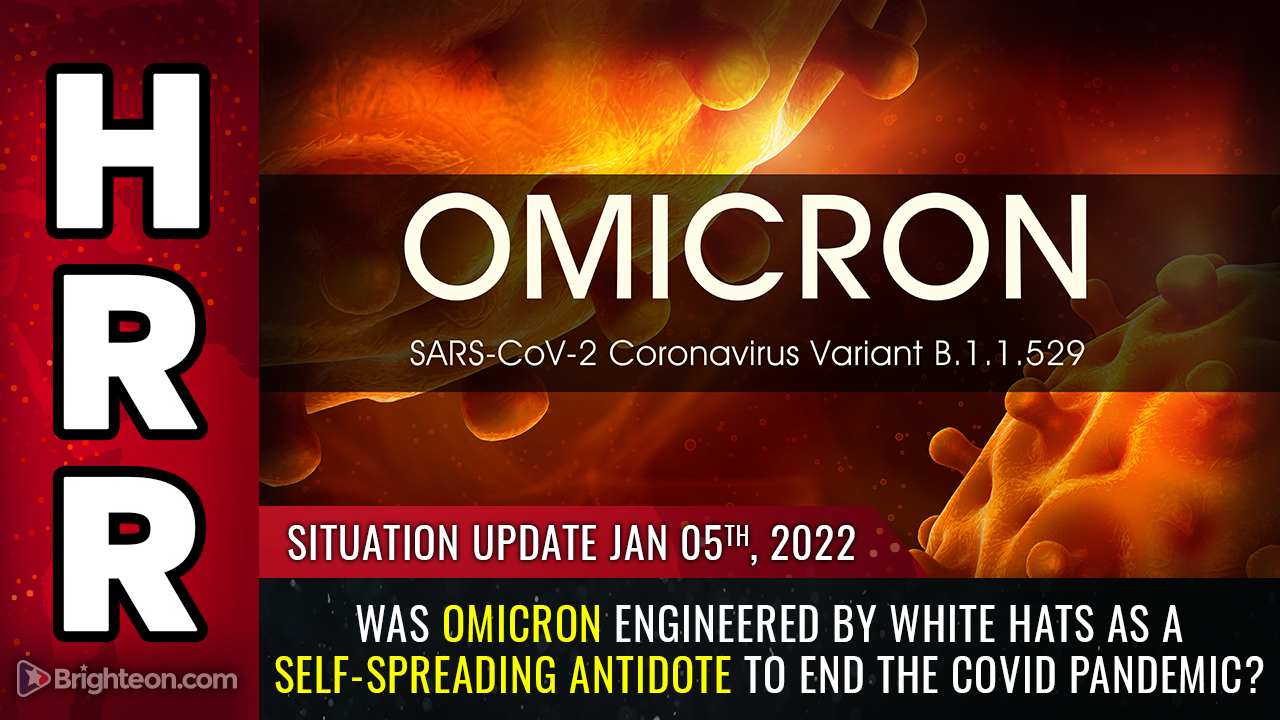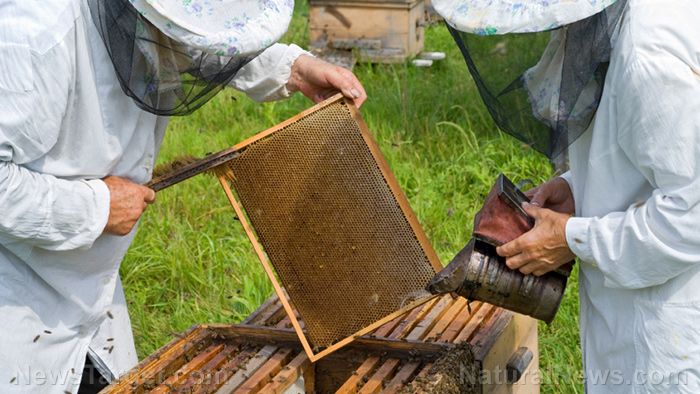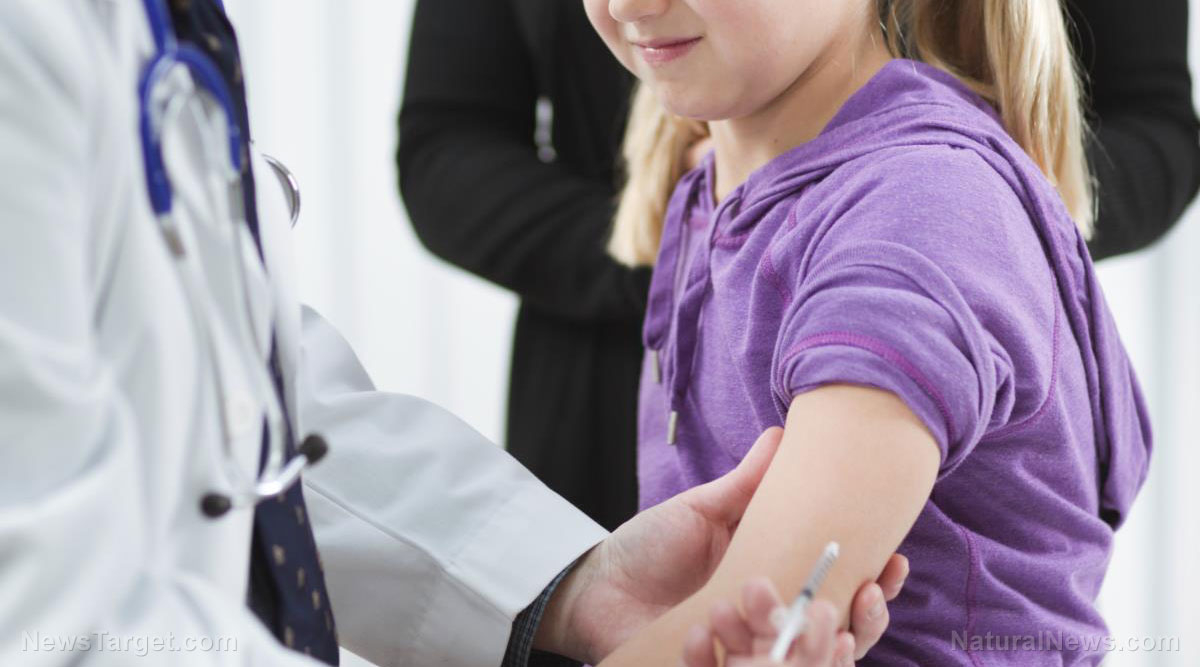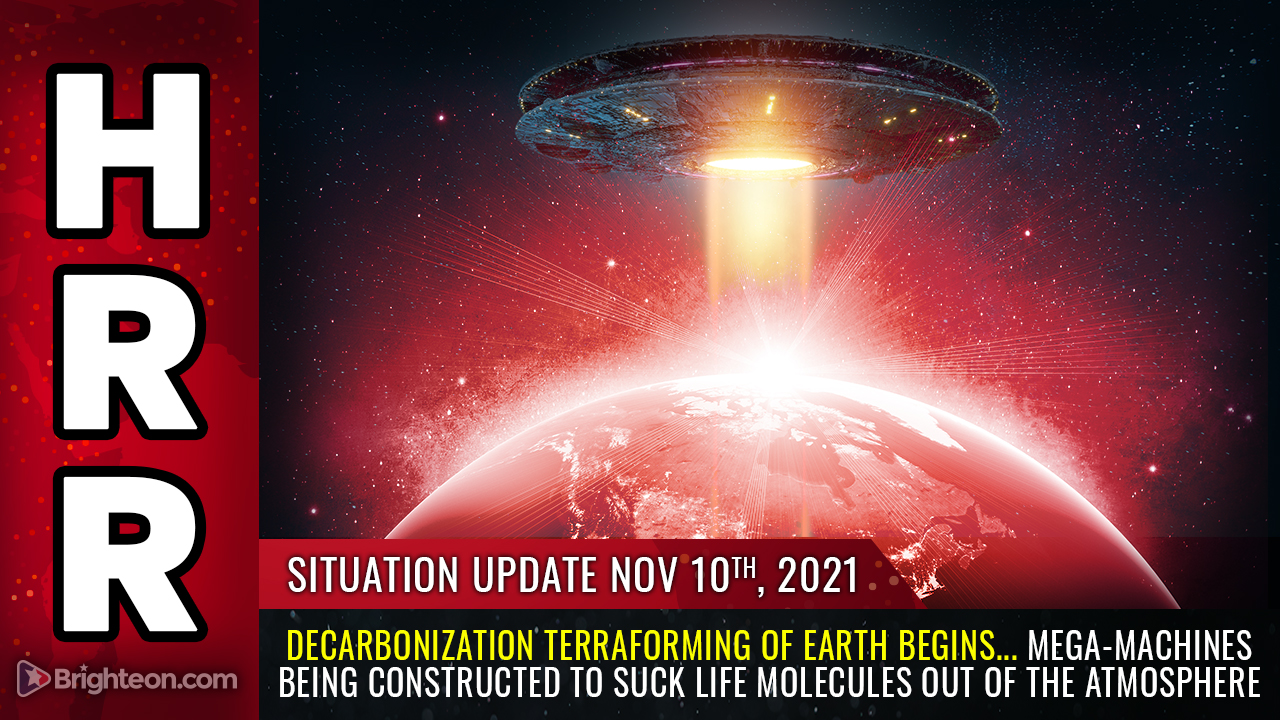Dolphins in the English Channel have high levels of mercury in their skin AND blubber: Chemicals have been poisoning dolphins for decades, warn scientists
08/12/2020 / By Divina Ramirez
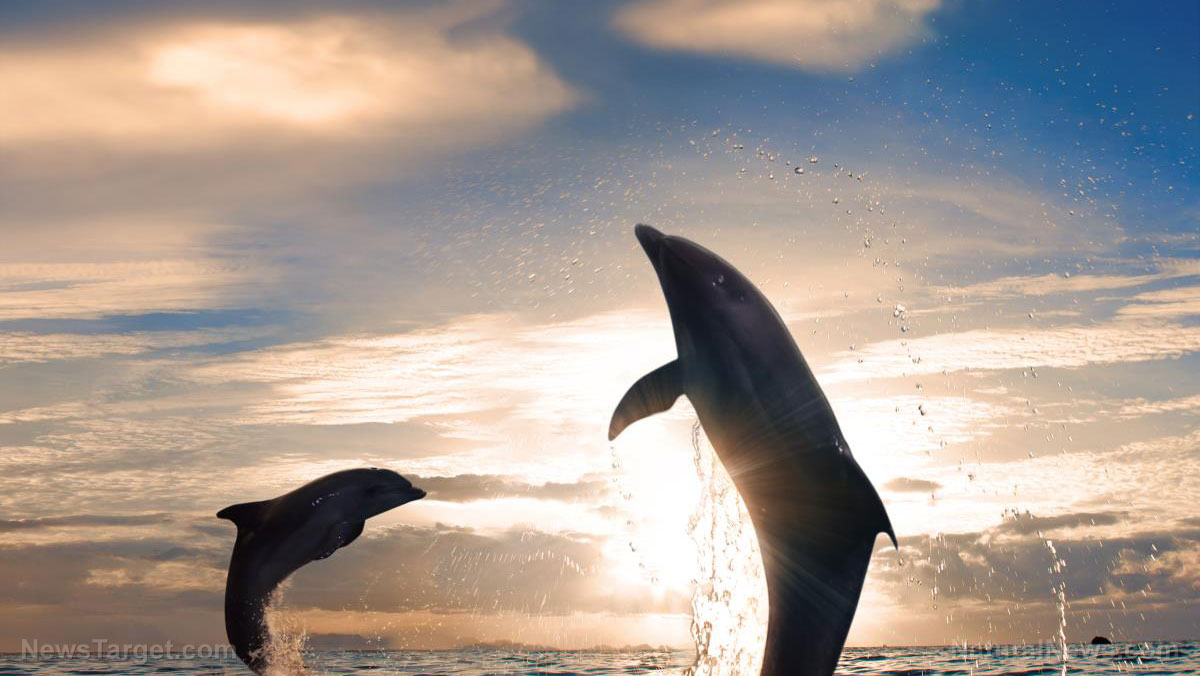
Bottlenose dolphins might not be an endangered species, but these charming marine mammals do face certain threats, such as commercial fishing and habitat destruction. Nonetheless, scientists find that neither of these is as serious nor as pressing as another emerging threat: chemical poisoning.
In a major breakthrough, scientists from the University of Liege (ULiege) in Belgium and the Cotentin Cetacean Study Group (GECC) in France found high levels of mercury and toxic chemicals in the blubber of bottlenose dolphins in the English Channel’s Normanno-Breton Gulf.
Krishna Das, a zoologist at ULeige and the corresponding author of the research, explained that these pollutants can be traced back to industrial processes and harmful pesticides. These chemicals also pose a serious health threat to both marine life and humans, added the researchers.
Toxic pollutants found in dolphin blubber
Scientists and marine biologists often use bottlenose dolphins to assess pollutants in the ocean, said Das. This is because organic compounds in the ocean tend to accumulate in their blubber or the fat tissue found under the skin of cetaceans.
Based on skin biopsies of 82 dolphins inhabiting the Normanno-Breton Gulf in the English Channel, Das and her colleagues found alarming amounts of total mercury (T-Hg) and persistent organic pollutants (POPs) in the dolphins’ blubber. The researchers identified these POPs as polychlorinated biphenyls (PCBs).
The reported concentrations of T-Hg are among the highest reported for cetaceans or marine mammals, said Das. PCBs also made up more than 91 percent of the chemicals found in the dolphins’ blubber.
PCBs had been banned in the 1970s and 1980s because of their potential to harm both animals and humans. The chemicals, often used as refrigerants, still remain in oceans and landfills four decades after being banned because of their extreme resistance to degradation.
Das and her colleagues suspect that high T-Hg and PCBs in bottlenose dolphins might be behind their declining population trend in the English Channel. There are just about 420 coastal bottlenose dolphins in total inhabiting the Normanno-Breton Gulf.
Das noted that according to past risk assessments, exposure to PCBs could be influencing the survival of bottlenose dolphin calves in the area.
The high concentrations of T-Hg in dolphin blubber could also indicate potential health problems that might affect population size and calf survival rates later on. In humans, exposure to this toxic metal has been linked to severe lung damage, neurological conditions, skin rashes and other abnormalities.
Furthermore, the researchers noted that past studies on stranded and biopsied cetaceans in Europe found that some PCB hotspots include the Strait of Gibraltar, the Gulf of Cadiz and the Mediterranean Sea. These areas are all considered natural habitats of bottlenose dolphins and other cetaceans.
Based on these findings, Das and her colleagues recommended that the Normanno-Breton Gulf be designated as an area of conservation.
The Habitats Directive of the European Union (EU) has been protecting bottlenose dolphin populations in Europe since its inception in 1992. But Das and her colleagues argue that despite this directive, human activities continue to increase in the Normanno-Breton Gulf.
This underscores the need for stricter protection of bottlenose dolphins in the area, said Das. Their findings appeared online in the journal Scientific Reports.
Britain’s marine mammals are ingesting microplastics
Das and her colleagues aren’t the first to discover alarming levels of pollutants in dolphins. In 2019, another group of researchers from the University of Exeter and Plymouth Marine Laboratory (PML) in England studied 50 marine mammals, including dolphins, that had been stranded around the coast of Britain.
The group found that all 50 animals had ingested microplastics. These are small plastic fragments that occur in oceans and other habitats as a consequence of plastic pollution. Sarah Nelms, the lead author of the research, said that their findings are shocking but not surprising.
Their findings, also published in the journal Scientific Reports, indicated that nylon made up more than 60 percent of the microplastics. Nelms and her colleagues suspected fishing ropes and nets as possible sources of these microplastics.
Nelms cautions that scientists still do not understand the possible effects and impact of these microplastics in the health of marine mammals. But according to Penelope Lindeque, the head of the marine plastics research group at PLM, the ubiquitous presence of plastic is disconcerting.
Lindeque has found microplastics in all sorts of marine animals, from zooplankton to turtles, as part of her studies. The ocean is a soup of microplastics, said Lindeque, and chemicals from these plastics, such as PCBs, can affect animals.
Therefore, humans need to reduce their plastic consumption to protect marine life, said Lindeque. (Related: Researchers find plastic-eating microbe that can solve our ocean’s plastic problem.)
Read more articles about ocean pollutants at OceanHealthNews.com.
Sources include:
Submit a correction >>
Tagged Under:
Endangered species, mercury, microplastics, particulate matter, PCBs, plastics, toxic chemicals, Toxic Metals
This article may contain statements that reflect the opinion of the author
RECENT NEWS & ARTICLES
COPYRIGHT © 2018 EXTINCTION.NEWS
All content posted on this site is protected under Free Speech. Extinction.news is not responsible for content written by contributing authors. The information on this site is provided for educational and entertainment purposes only. It is not intended as a substitute for professional advice of any kind. Extinction.news assumes no responsibility for the use or misuse of this material. All trademarks, registered trademarks and service marks mentioned on this site are the property of their respective owners.

